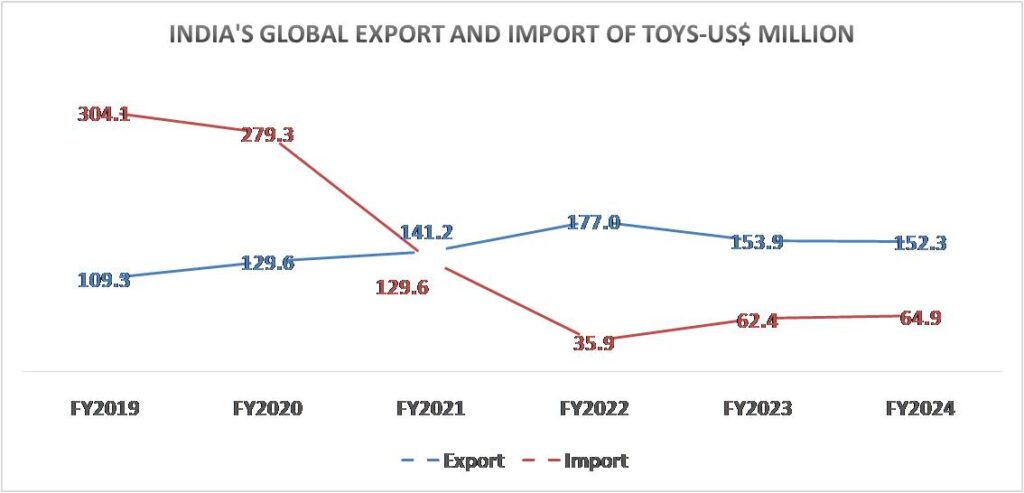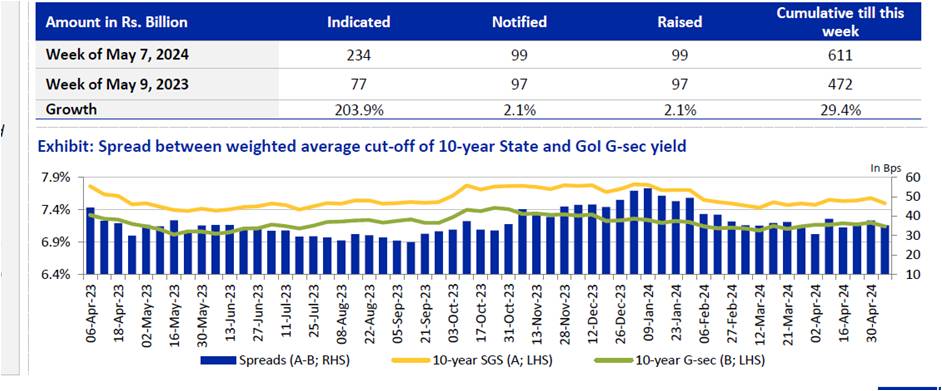
Indian households have been borrowing at a faster pace than they have been saving since the Covid-19 pandemic as a result of which ‘net’ household financial savings — gross financial savings adjusted for liabilities — have fallen. Household savings constitute 60 per cent of the total savings in the economy and bankrolls a large proportion of the country’s investments. Overall household savings rate (net households savings/GDP) fell to a six-year low in fiscal 2023, according to a CRISIL report, citing government data up to fiscal 2023. Interestingly, proxy data suggests a rebound in overall savings rate in fiscal 2024, with contribution from household.

The evaluation of the savings profile of households shows such savings constituted 18 per cent of India’s GDP as of fiscal 2023, accounting for 60 per cent of gross domestic savings. A comparison with the long-term trends shows that this share of overall household savings in GDP at 18.4 per cent was below the pre-pandemic decadal average of 20.1 per cent. The share of gross financial savings in GDP was on a par with the average of 11 per cent but financial liabilities at 5.8 per cent of GDP were much above the average of 3.4 per cent. As a result net financial savings at 5.3 per cent of GDP have been below the average of 7.6 per cent.

Delving into the reasons why the household savings rate has fallen after the pandemic, CRISIL suggests that the overall household savings started falling as the economy opened after the pandemic abated. Household savings which averaged 20.1 per cent of GDP in the decade before the pandemic, rose briefly to 22.7 per cent in the first year of the pandemic, as lockdown and mobility restrictions curbed consumption. But the excess got spent quickly as the economy reopened. So much so, in fiscal 2022, household savings reverted to the decadal average and then slipped to 18.4 per cent of GDP in fiscal 2023.
Within household savings, the NSO bifurcates data into three broad categories — savings in financial assets, physical assets (primarily real estate) and gold and silver ornaments. While gross financial savings comprise household cash balance, deposits and other financial market instruments, financial liabilities include their borrowings from banks and non-banks.
Household savings in physical assets have risen post pandemic. The latest data from NSO, which is for fiscal 2023, shows savings in physical assets were the highest at 12.9 per cent of GDP, followed by net financial assets at 5.3 per cent and gold and silver at 0.2 per cent. Households increasingly added physical assets to their savings after the pandemic, which rose above the pre-pandemic average of 12.2 per cent of GDP after dipping to 10.8 per cent in fiscal 2021. Savings in physical assets galloped at 17.1 per cent on-year growth during fiscals 2021-2023, compared with just 2.2 per cent growth in net financial savings. Savings also rose in gold and silver, though they accounted for a much smaller proportion of overall household savings.
Savings in physical assets accounted for 60.1 per cent of total household savings in fiscals 2021-2023, compared with net financial savings at 38.8 per cent. In fiscal 2023, the share of physical assets was higher at 70.2 per cent while net financial savings dropped to 28.5 per cent. This was facilitated by lower home loan rates, positive real returns on real estate investments after a near decade-long stagnation, and stamp duty reductions offered by some states.
While bank deposits have traditionally been the preferred investment instrument for households, the share of deposits in gross financial savings reduced after the pandemic as other instruments yielded higher returns. Elevated inflation after the pandemic could have further goaded investors to move to higher-yielding instruments in real terms.
Interestingly, households are also preferring to keep more cash with themselves after enduring the pandemic shock. While gross financial savings grew at 10.3 per cent on-year on average between fiscals 2021 and 2023, household financial liabilities rose at the rate of 30.1 per cent.
Household financial liabilities, at 5.8 per cent in fiscal 2023, touched a peak after the global financial crisis. they have been rising well since fiscal 2018. This is in sync with trends in retail credit growth, which rose at an average 18.9 per cent between fiscals 2018 and 2023, well ahead of the 10 per cent nominal GDP growth. Among the key push factors for the rise is retail credit push by lenders. Retail credit started surging since fiscal 2018, softened somewhat in 2020 and 2021 and rebounded thereafter, driven by banks and non-banking finance companies (NBFCs). The entry of new players (NBFCs and fintechs) eased credit availability and access. Improving bank balance sheets also contributed to rising supply of credit.
While official data beyond fiscal 2023 is awaited from the NSO, early indicators show that household savings may have revived in fiscal 2024 while growth in household liabilities could have likely moderated. First, at the overall economy level, savings could likely have ticked up in fiscal 2024. The estimate is that total domestic savings likely grew stronger in fiscal 2024, compared with 10.7 per cent on-year in the previous fiscal.